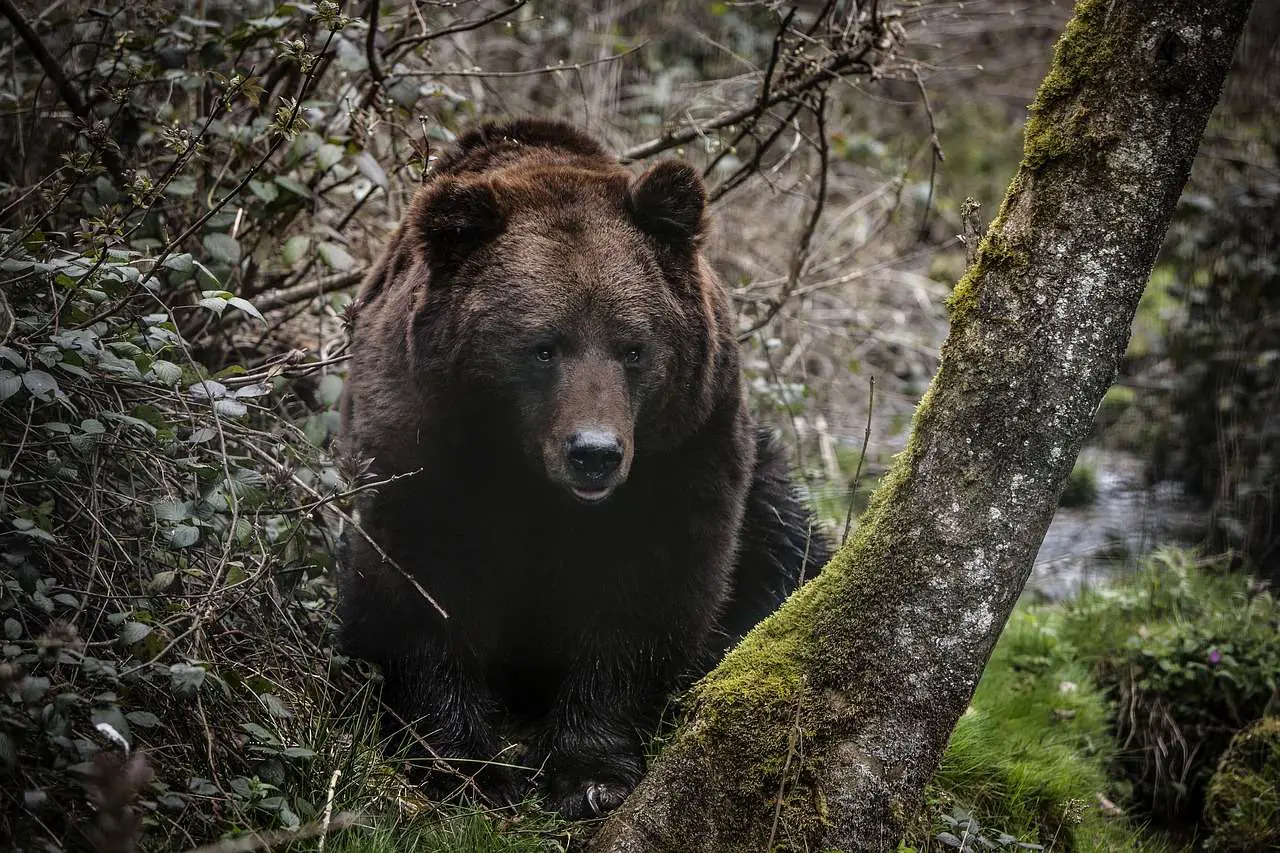You would think with the size and strength of a bear it wouldn’t be easily scared. However, this is far from the truth! Bears just like any wild animal have a fight or flight instinct, and majority of the time an animal will choose flight. Remember, an animal’s basic instinct is to survive and they know if they are injured they can die. Heck, they can’t visit a doctor or hospital like we can.
With that in mind you need to prepare yourself to be able to wait patiently and for long periods of time. You’ll need to learn how to wait in a specific position and not move. This is an art itself and takes practice; something many experienced hunters will stay can take years. Bears may have not so good eye sight, but they can still see; and they have an amazing sense of smell. This means you’ll need to take good care not to move when a bear approaches. You’ll also need to make sure you don’t have anything scented; this includes soap, shampoo, cologne, insect repellent, etc.
You’ll also want to know about bear habits, which includes feeding, traveling and foraging. Bears will visit the same feeding site often, unless they feel threatened at that location. This is why people utilize baiting stations to attract bears to a pre-defined location. Bear’s have a diet that consists of vegetation, fish and insects. However, a polar bear is mostly a carnivore and has the highest meat concentration diet. Know what a bear eats and when it eats is an excellent way to determine a stalking location.

